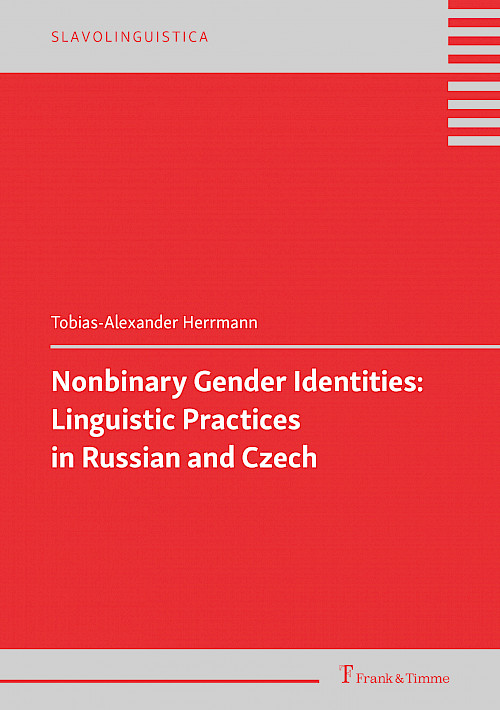Sehen, Hören, Berühren: Multisensorische Perspektiven auf Medialität in Osteuropa
 Unter dem Begriff der Multisensorik, also dem Zusammenspiel verschiedener Sinne, hat sich in den letzten Jahren ein neues geisteswissenschaftliches Paradigma etabliert, das in Slavistik und Osteuropastudien jedoch noch kaum erforscht ist. Der Band versammelt literatur‑, medien‑, film- und theaterwissenschaftliche Aufsätze, die theoretische Aspekte multisensorischer Medialität und ihrer politischen Dimensionen mit Fallstudien zu Osteuropa verknüpfen. Er umfasst einen historischen Zeitraum von der Avantgarde-Kunst bis zum Beginn des Krieges in der Ukraine und behandelt dabei Medienbereiche wie Raumakustik und Infrastruktur, Museum, Theater und politische Performance, audiovisuelle Poesie und Buchkunst, Film und Sound Art, digitale Körperrepräsentationen und neue Medien der Gegenwart.
Unter dem Begriff der Multisensorik, also dem Zusammenspiel verschiedener Sinne, hat sich in den letzten Jahren ein neues geisteswissenschaftliches Paradigma etabliert, das in Slavistik und Osteuropastudien jedoch noch kaum erforscht ist. Der Band versammelt literatur‑, medien‑, film- und theaterwissenschaftliche Aufsätze, die theoretische Aspekte multisensorischer Medialität und ihrer politischen Dimensionen mit Fallstudien zu Osteuropa verknüpfen. Er umfasst einen historischen Zeitraum von der Avantgarde-Kunst bis zum Beginn des Krieges in der Ukraine und behandelt dabei Medienbereiche wie Raumakustik und Infrastruktur, Museum, Theater und politische Performance, audiovisuelle Poesie und Buchkunst, Film und Sound Art, digitale Körperrepräsentationen und neue Medien der Gegenwart.
zum Buch im ULB-KatalogPlus
zum Buch auf der Verlags-Website
Nonbinary Gender Identities: Linguistic Practices in Russian and Czech
 How do Russian and Czech nonbinary people use language to construct their identity? This question has hardly been addressed so far, so this volume describes and analyzes the identity-driven linguistic variation of Russian and Czech nonbinary speakers. If a linguistic feature indexes the gender binary in the standard variety, then a nonbinary speaker – who desires to express their gender identity – in interaction employs an alternative that lacks this feature to perform and thus linguistically construct nonbinary identity. This hypothesis is investigated using a triangulation of quantitative and qualitative methods, banking on data from corpora and surveys. Among the most relevant practices that have emerged are the overt introduction of gender identity labels as well as pronouns and/or chosen agreement patterns into discourse, the alternation of gender agreement patterns, and the use of plural endings with singular meaning.
How do Russian and Czech nonbinary people use language to construct their identity? This question has hardly been addressed so far, so this volume describes and analyzes the identity-driven linguistic variation of Russian and Czech nonbinary speakers. If a linguistic feature indexes the gender binary in the standard variety, then a nonbinary speaker – who desires to express their gender identity – in interaction employs an alternative that lacks this feature to perform and thus linguistically construct nonbinary identity. This hypothesis is investigated using a triangulation of quantitative and qualitative methods, banking on data from corpora and surveys. Among the most relevant practices that have emerged are the overt introduction of gender identity labels as well as pronouns and/or chosen agreement patterns into discourse, the alternation of gender agreement patterns, and the use of plural endings with singular meaning.
zum Buch im ULB-KatalogPlus
zum Buch auf der Verlags-Website
